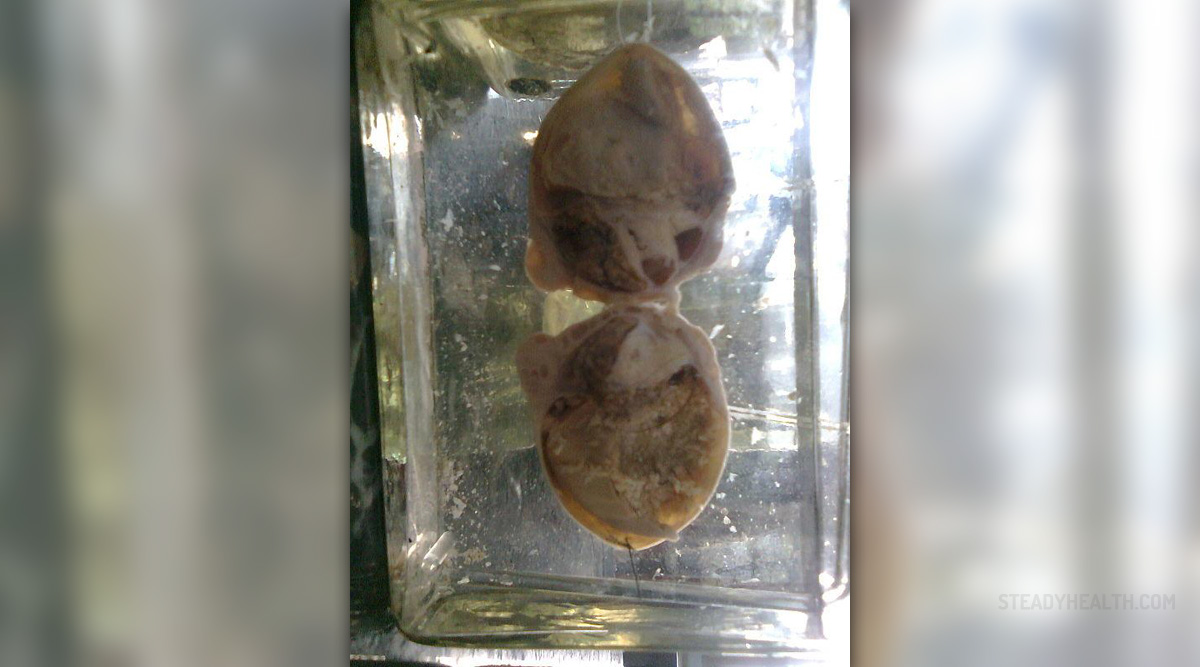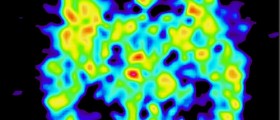
Benign intracranial hypertension, also known as idiopathic intracranial hypertension, is a state of increase of the pressure inside the skull but with no obvious mass lesions, tumors or hydrocephalus. The very term idiopathic points to the fact that doctors cannot identify the underlying cause of the condition and what has led to such increase of intracranial pressure. It may be that the problem develops due to improper drainage of cerebrospinal fluid from the subarachnoid space into the dural sinuses. No matter what the cause is, benign intracranial hypertension requires prompt treatment which can prevent several severe complications.
Causes of Benign Intracranial Hypertension
Although the actual cause of this condition remains unknown, many experts believe there are certain factors which contribute to the condition and triggers which may induce increase in the pressure inside the skull.
Risk factors include obese women (between 30 and 50 years of age), women with menstrual irregularities, women who suffer from fluid retention, those in the first trimester of pregnancy and within the postpartum period. This drives to conclusion that benign intrcranial pressure most commonly affects women. Men can develop benign intracranial pressure as well, but not so often.
The condition is closely related to already existing medical conditions such as adrenal insufficiency, Cushing's syndrome, hyperparathyroidism and thyroid disorders. It may also be a side effect of some medications (cimetidine, corticosteroids, danasol, isotretinoin etc.). And finally, it affects people suffering from polycytemia vera, iron deficiency anemia, systemic lupus erithematosus and chronic renal failure.Clinical Characteristics
The leading symptoms is headache. Initially, the pain is generalized and throbbing, may start in the morning and remain during the day. The pain is less intensive while standing. It increases with straining and coughing. Mild headache may linger for many weeks. Additional problems include gradual visual field defects, double vision, nausea, vomiting and drowsiness.
Treatment
In order to exclude other potential causes of the condition, doctors perform CT scan or MRI of the brain, visual field charting and lumbar puncture.
Patients who are obese must lose weight. All patients require proper treatment which will eliminate the excess of fluid inside the head. Diuretic therapy may be effective and some patients will require a surgery called cerebrospinal fluid diversion surgeries such as lumbar-peritoneal or ventriculoperitoneal shunting, optic nerve sheath fenestration etc. It is essential to quickly reduce intracranial pressure and prevent serious complications such as progressive optic nerve damage.
Doctors will also investigate whether the underlying condition has caused increase in intracranial pressure or the problem originates from the intake of certain medications. If so, the underlying condition must be aggressively treated and the particular drug discontinued.

















Your thoughts on this
Loading...